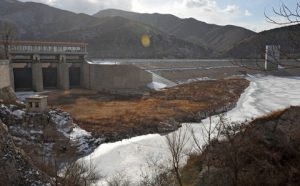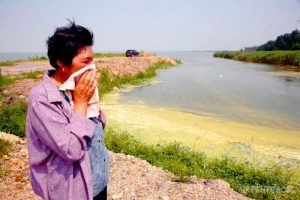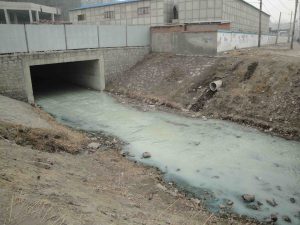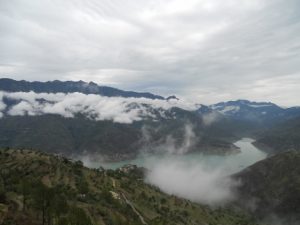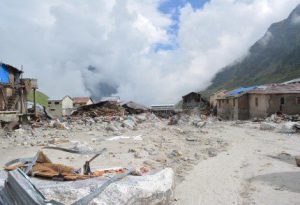Almost 20 million people are at risk of exposure to arsenic contamination through groundwater, according to a new study.
Arsenic-contaminated groundwater used for drinking in China has long been recognised as a problem, but until now it had been impossible to test the millions of wells to assess the scale of the problem.
Now researchers from China and Switzerland have used a new geological model to predict the areas most likely to be contaminated by arsenic.
The study, published in the journal Science, found arsenic contaminated groundwater mainly occurs in the arid regions in the north of the country. The high-risk areas include Xinjiang, Inner Mongolia, Henan, Shandong, and Jiangsu.
Polluted aquifers have soil sediments that naturally contain arsenic. When dissolved under certain atmospheric conditions, these sediments make the water dangerous to drink.
An estimated 140 million people worldwide are at risk of consuming arsenic contaminated water on a daily basis, with the health impacts only appearing gradually over many years. Arsenicosis can have an impact on reproductive, neurological, cardiovascular, and respiratory systems. It is also linked to skin, bladder and lung cancer.
Although there are undisputed anthropogenic causes of groundwater arsenic contamination – most of which are industrial – the study published in Science focuses specifically on natural causes, which are a major issue throughout the world.
A survey conducted by the Chinese National Survey Program between 2001-5 found 10,000 patients in China had symptoms of arsenic poisoning in known and suspected endemic areas. However, the new study estimates as many as 19.6 million people are likely to be at risk.
The Chinese government has already made a huge screening effort to monitor and test for contaminated areas, but gauging the sheer magnitude of the problem could take decades to complete, said study co-author Dr Luis Rodriguez-Lado. He urged the Chinese government to use their new model to help them.
The Chinese government should test the unknown predicted areas with high population “as soon as possible”, he said. With their risk model, the government can now “concentrate screening efforts on the areas of high probability, [and]… can anticipate the problem before it even starts”.
“People must be aware if their drinking water is contaminated or not”, added Dr Lado. “The population should be informed about water quality.”
However, Chinese officials have disputed the study’s findings, according to early media reports.
Han Yongqi from Beijing Municipal Environmental Protection Bureau has said that wells in the north of Beijing had already been tested and now conform to national standards.
While Shang Qi, from the Chinese Centre for Disease Control and Prevention (CCDC), says that the study may be right about the 19.6 million people living in areas with arsenic-contaminated water, but that efforts have already been made to ensure drinking water is safe.
Exactly how bad the situation is in China remains unknown. Dr Lado told chinadialogue that high-risk areas are likely to increase.
“We cannot determine how long groundwater arsenic pollution will remain a problem in China”, he argued. “Year by year, there are new contaminated areas appearing, so the numbers that we are using now about affected people will increase”.
“Even if [the population] is using clean water now, maybe in the future they will be using groundwater sources potentially contaminated with arsenic… areas must be tested as soon as possible to avoid health problems in the future”.
